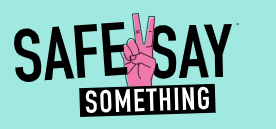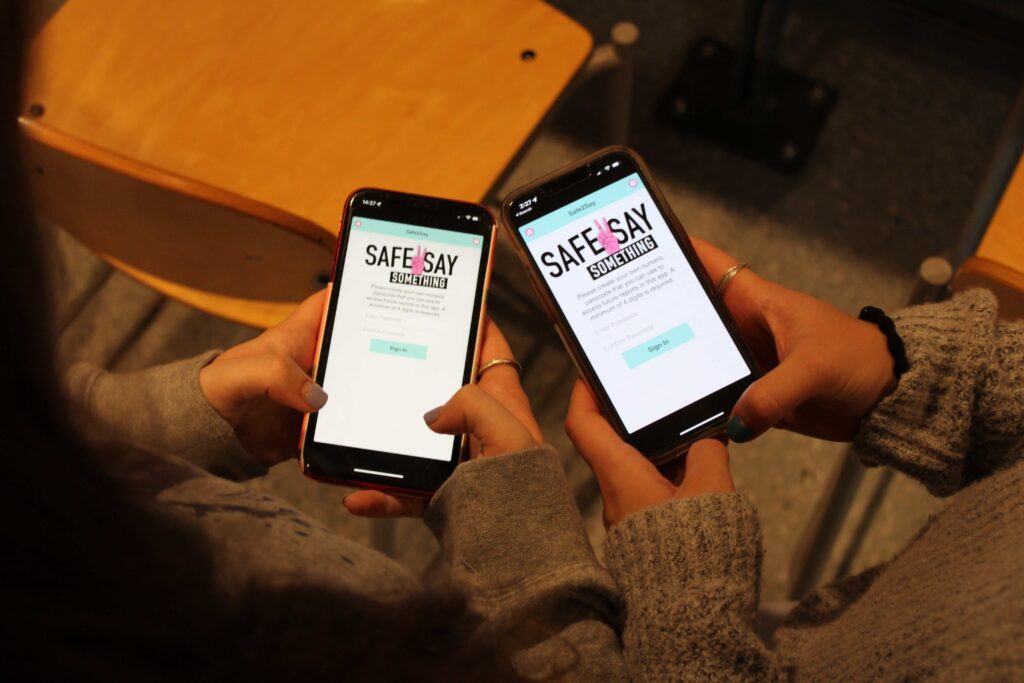Connor Shanahan ’24
When Safe2Say was introduced to Episcopal in 2019, it was primarily advertised as a way for students to anonymously report potential school shooters , as demonstrated by its first promotional video. The program has evolved into a platform where students and faculty can effectively communicate mental health concerns, addictions, or crimes that might threaten the safety of community members. Safe2Say is an anonymous tip system where one tip equates to one concern.
Administrators agree that it has become a very useful tool, including Michael Letts, Head of Upper School, who states, “There is no question that it has had a positive effect.” Joe Shanahan, Director of Facilities, echoes Letts’ statement, explaining that “there are not enough good things [he] can say about Safe2Say, for it gives kids another option to be able to let the school know that one of the students is struggling. Safe2Say is worth the weight of gold.” Letts estimates that there are approximately six to eight tips per year. He also explains that although the school receives Safe2Say’s reports on weekends and late at night, “[the tips] usually have to be attended to immediately.”
After a tip is reported, it is sent to a Pennsylvania State clearinghouse which decides if the report is threatening as well as EA. If a particular concern is deemed life threatening, the clearinghouse will contact the local police department or ambulance depending on the situation. However, if the particular issue shows limited signs of danger during the review process, then the clearinghouse forwards the tip to a council at EA made up of Dr. Nicole Chaikin, Dr. Lily Hall, Caroline Graham, Dr. Terrance Malone, Father Gavin as well as Letts and Shanahan who are tasked with solving the issue. “Some [tips] are not a crisis but are helpful. They help [administrators] have good conversations with the family and students. Conversely, about half of [the tips] have to do with kids who are in real trouble and therefore require immediate attention,” says Letts.

Photo courtesy of www.safe2saypa.org
While some students have found this tool beneficial, others feel that the program has been unsuccessful in addressing many of the EA community’s concerns. Fernando Loor ’24 believes that “in respect to mental health awareness, [Safe2Say] has been a very important platform to use.” On the other hand, Rohan Sivakumar ’24 feels that “Safe2Say is underutilized and ineffective within the student community, causing it to become the butt of certain jokes.”
Adding to Sivakumar’s perspective, Eshika Tangri ’23 believes that Safe2Say “negatively impacts students because it takes information they thought was private and makes it public.” She feels that “what people report has the potential of reaching higher authorities, which could potentially ruin a student’s life.”

While many may believe that it is inefficient, Safe2Say’s statistics from 2021-2022 tell another tale in regard to its efficiency. Every year the Pennsylvania Office of Attorney General releases an annual report on Safe2Say. Last year, 27,271 tips were submitted in Pennsylvania, with 938 of those tips occuring in Delaware county. 5,207 (20%) were about bullying and harassment; 3,788 (14%) were in regard to substance abuse; 3,910 (14%) were related to self-harm; and 1,633 (6%) were about threats against the school. It was determined that only four percent of tips were false.
The Safe2Say program continues to expand throughout the state, as 650,000 students have been introduced to the tool just this school year. Safe2Say can make a crucial impact at schools, for with more tips comes increased safety.